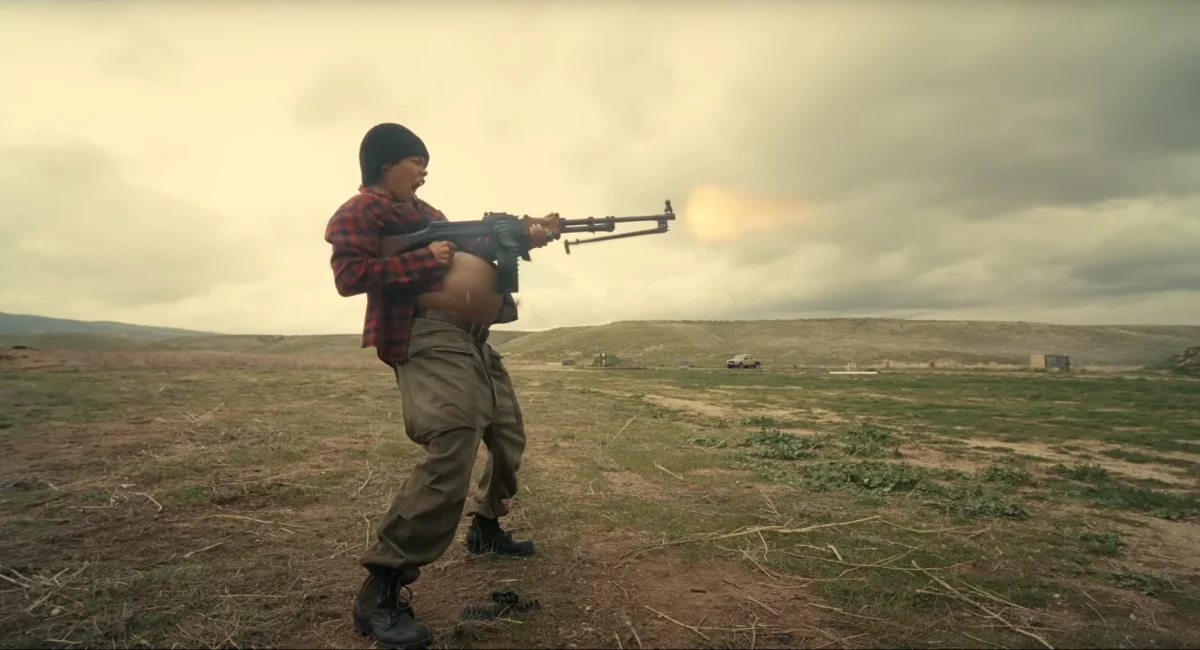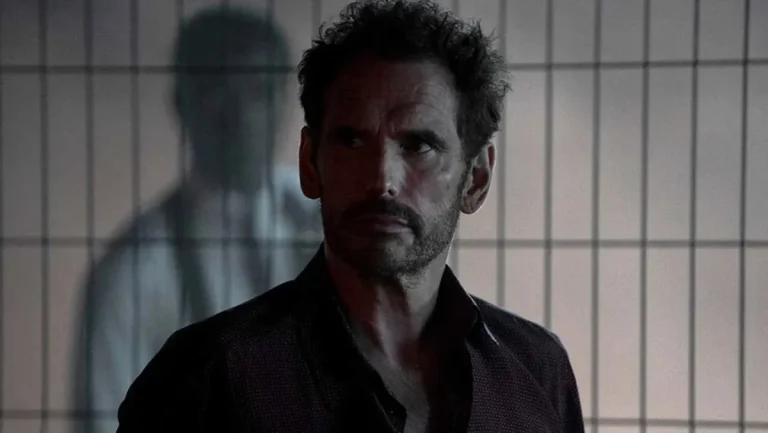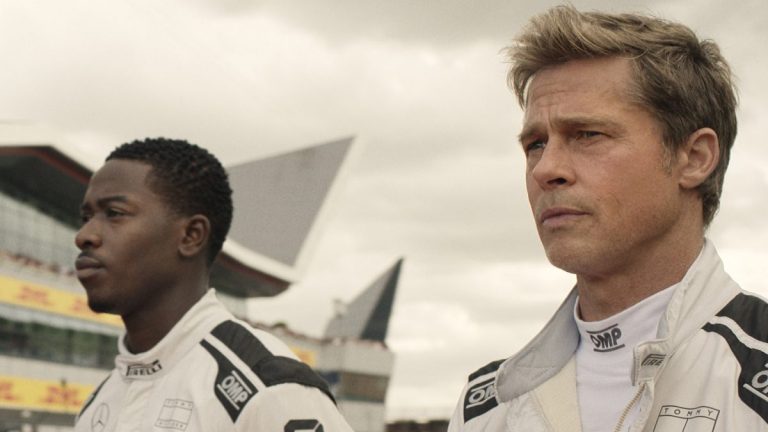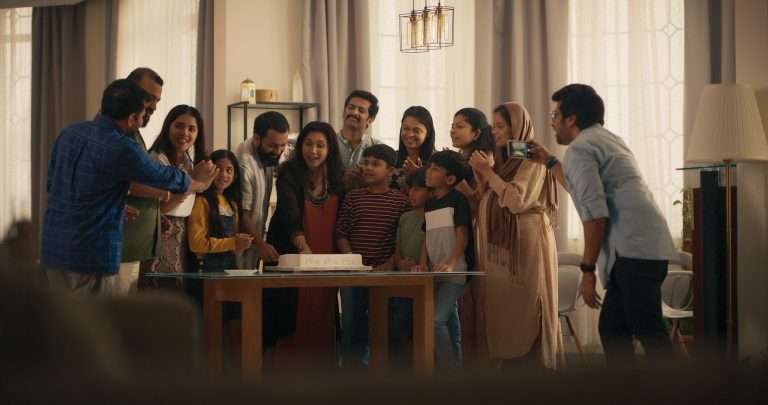Paul Thomas Anderson has been interested in outsiders for his entire career. Regardless of his focus on the degenerate gamblers of “Hard Eight,” the lonely adult film stars of “Boogie Nights,” or the sinister anti-hero of “There Will Be Blood,” Anderson has shone a spotlight on characters that, either by choice or virtue, have found themselves isolated from the rest of society.
“One Battle After Another” may be the most epic of his films in scale, but it’s also a sharp analysis of what it means to be a misfit within the “land of opportunity.” America was and remains a nation built on the backs of disenfranchised immigrants who sought to reform society in their own image, and “One Battle After Another” weaves in and out of the different sectors that have emerged in the country’s recent history.
It’s impressive that Anderson, a filmmaker who is renowned for the historical specificity of his projects, was comfortable making a film as chronologically ambiguous as “One Battle After Another.” It may represent the chaotic feud between radicals and fundamentalists within the Trump era, but “One Battle After Another” is grounded in the postmodern aesthetics of Thomas Pynchon’s “Vineland,” which presented an extremist alt-history of Reagan’s extremist conservative agenda.
Although the stylized harmony of hypnotic action and creative needle drops is a direct continuation of the ‘70s New Hollywood themes that Anderson has been deviating from since “Hard Eight,” “One Battle After Another” is also crafted with the grandiose epicness of a John Ford western. It’s no coincidence that a key sequence is set in Monument Valley, a location that popped up in “The Searchers,” “Stagecoach,” and “She Wore A Yellow Ribbon” among others.
“One Battle After Another” is a hyperkinetic thrill ride that surprisingly never loses momentum throughout its nearly three-hour running time, yet never feels weighed down by its scope. It’s a surprisingly personal film about the wholesome relationship between a father and daughter. Even if they are confused as to what their dynamics should look like based on their vastly different backgrounds, there’s never any nastiness that comes across in their relationships.
The odds may be stacked against those who choose to walk their own paths, but Anderson seems curious about taking an unusual path to make this point. “One Battle After Another” is often frightening, occasionally hilarious, and ultimately quite moving in its vivid portrayal of conviction.
Considering that Leonardo DiCaprio has seemingly made it a priority to work with every great director of the moment, it’s surprising that it has taken him so long to work with Anderson. Thankfully, his performance as the ex-revolutionary Bob Ferguson is wacky, awkward, and surprisingly sincere, giving DiCaprio the opportunity to offer a mature portrayal of paternal compassion and mid-life confusion.
Although Bob had fallen in love with his fellow rebel Perfidia Beverly Hills (Teyana Taylor), he had been left to care for their daughter, Willa (Chase Infiniti), on his own. Raising a child in a country where brutalistic military groups lash out at anyone who is considered “other” is a challenge in its own right. However, Bob’s protection of Willa is made all the more strenuous due to the leering presence of the ruthless white nationalist Colonel Steven J. Lockjaw (Sean Penn).

“One Battle After Another” is so confident in its narrative hooks that the film rarely feels the need to slow down and reset. Given that the characters rarely have time to adjust to a fluctuating series of crises, it’s easy to get swept up in their frantic decision-making process. Even if their goals may feel minor within the larger tapestry of a national conflict, Bob, Willa, and Lockjaw are all concerned about the environment that they’ve created for themselves. Bob feels that he has failed to provide a better future for his daughter, Willa is both confused and terrified of her true heritage, and Lockjaw is shameless in his desire to feel superior.
The action of “One Battle After Another” has the same eye-popping practicality of “John Wick” or “Mad Max: Fury Road,” with the charm that none of its characters are particularly skilled. DiCaprio often appears as a bumbling hero in the vein of Buster Keaton or Charlie Chaplin, even if he shows a capacity for delivering snarky one-liners not seen since his work in “The Wolf of Wall Street.” If Bob’s inability to follow a straightforward path is often endearingly eccentric, then Lockjaw is the rare villain who is as pathetic as he is scary.
Penn channels the pent-up frustration of a dejected, unsuccessful champion of complacency who has weaponized his self-hatred into fervent, and often uncontrollable rage. Penn already has two Academy Awards for his work in “Mystic River” and “Milk,” respectively, but there’s a chance that his performance in “One Battle After Another” could win him a Best Supporting Actor trophy, which would tie the all-time record of male acting wins with Daniel Day-Lewis, Robert De Niro, and Walter Brennan.
Music is another tool in Anderson’s arsenal that is perfectly utilized in “One Battle After Another,” as there are few ways to make a set piece more enthralling than a well-timed needle drop. While Anderson has once again assembled an eclectic mix of genres (ranging from classic rock to R&B), his willingness to make more broadly familiar song choices reflects the film’s all-encompassing encapsulation of culture. There’s also a propulsive, yet prickly score from Jonny Greenwood, which adds an operatic aura of suspense that’s not dissimilar from the Radiohead guitarist’s previous collaboration with Anderson on “There Will Be Blood.”
“One Battle After Another” is unafraid to move between devastating “all is lost” moments to farcical physical gags, and often changes up its tonal approach within the course of a single scene. Even if it captures the broken-down, distorted fringes of society that have been trampled on, there’s a serene beauty to the moments of stillness captured in between bursts of action.
“One Battle After Another” is so elaborately imaginative that its characters feel as if they could exist long beyond the confines of the story at hand. It’s not only a sign of Anderson’s maturation and evolution as an artist, but a remarkable work of transgressive studio filmmaking that is almost guaranteed to be declared as an instant classic.




![There Are No Saints [2022] Review: A bleak but traditional Revenge drama](https://79468c92.delivery.rocketcdn.me/wp-content/uploads/2022/04/There-Are-No-Saints-2022-768x432.jpeg)


![Neon Bull [2015] – A Sensitive & Sensual Study of Dreamers from a Little-Known World](https://79468c92.delivery.rocketcdn.me/wp-content/uploads/2016/09/Neon-Bull-2-768x515.jpg)
